It has been an extremely rewarding experience to be part of this team and part of this project. Each member has contributed and I’m proud of what we’ve accomplished. The workload combined with time restraint has been difficult to work with, yet we have managed to do it. Whilst it has been challenging to submit so many deliverables, it has been made easier by delegating the tasks between the team. I wanted to make sure I evenly distributed the work and played to each individuals strengths. I employed a project task list and timeline to keep track of progress and assignments.
There were some tasks that we all had no knowledge of and it was important that we learned how to do them. Most of us have never CnC’ed anything before nor have we slip casted. By using these methods, we have picked up new skills that we can bring back into our subjects and take with us into the professional world. It developed our understanding of setting up a business and homed in our different areas of expertise. With many of the methods, we had to rely on the knowledge and experience of experts (either on teammates or from external sources).
The processes we all enjoyed doing were the mould making and the slip casting because they were relaxing and rewarding to do. I would quite like to go back and try other things in ceramics. Slip casting was such an interesting concept to us, however we misjudged how long it would take to make the moulds. Once the moulds are made they are reusable (just like the models are) and then you can proceed to the slightly faster part of slip casting. Hand carving into the vessels and quality checking them also took an exorbitant amount of time as there was so many to do and we did not have enough manpower. On the other hand, it was vital that we made sure each vessel was high quality and that the design was appealing to customers.
Before our sales event, we had a lot of different factors to think about: our point of sales stand was still in its concept stage, we didn’t have a card reader, what would work with the location we would set up in, etc. There was even a worry that our necklaces wouldn’t sell as it appeals to a niche market. However, they did sell and we successfully earned back all our seed money with extra profit.
I’m glad that despite all our setbacks we were able to come through it all and complete the project. Since we had a number of disadvantages, I doubt we could do much better than what we have already achieved, but that is okay because we have flourished through the adversity. What pleases me the most is that I have gained more experience in managing a team whilst learning more business and creative skills.


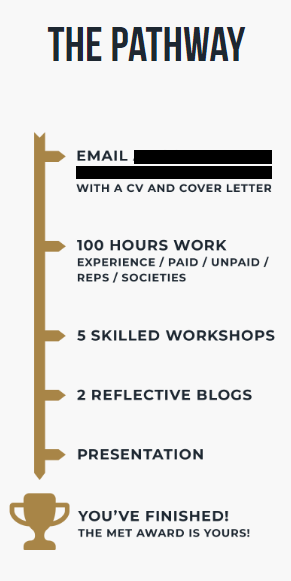
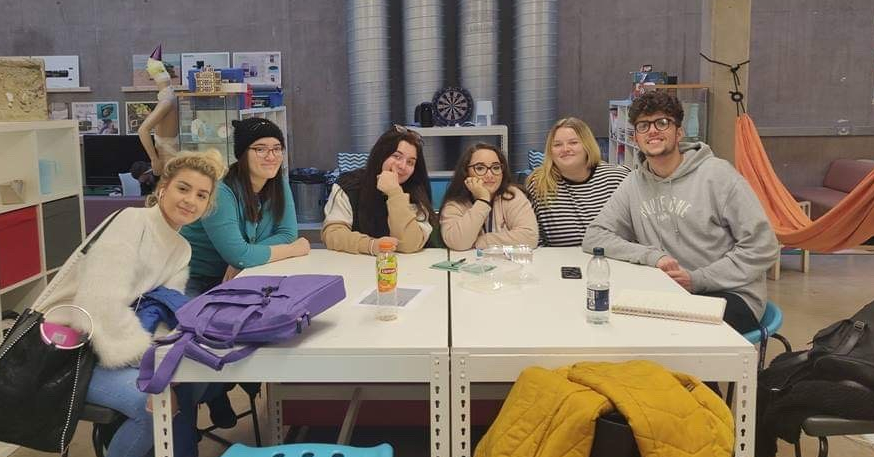
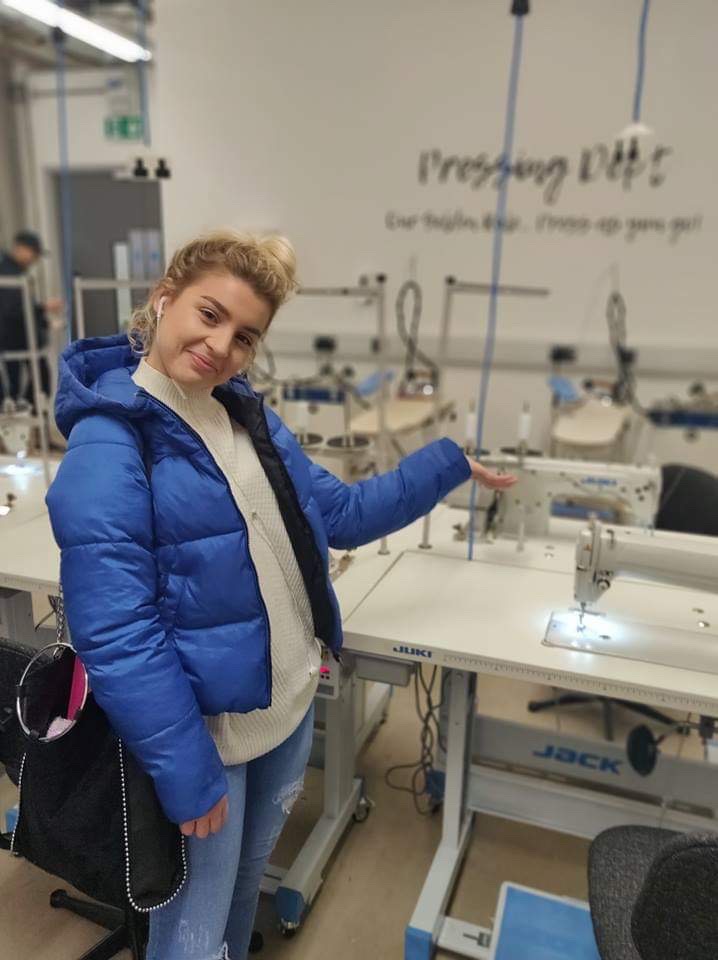

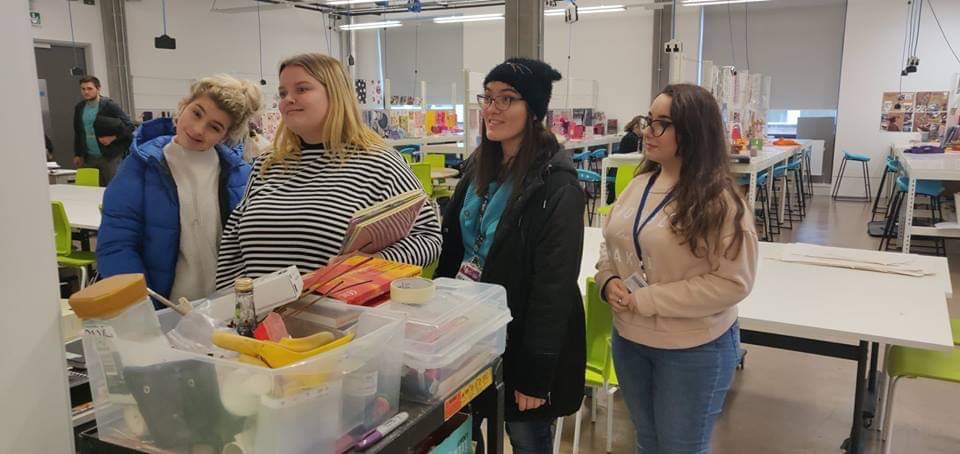

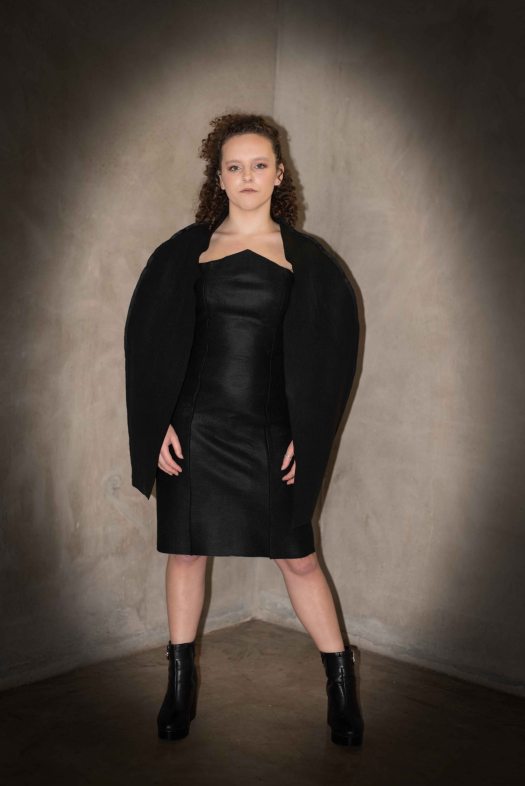






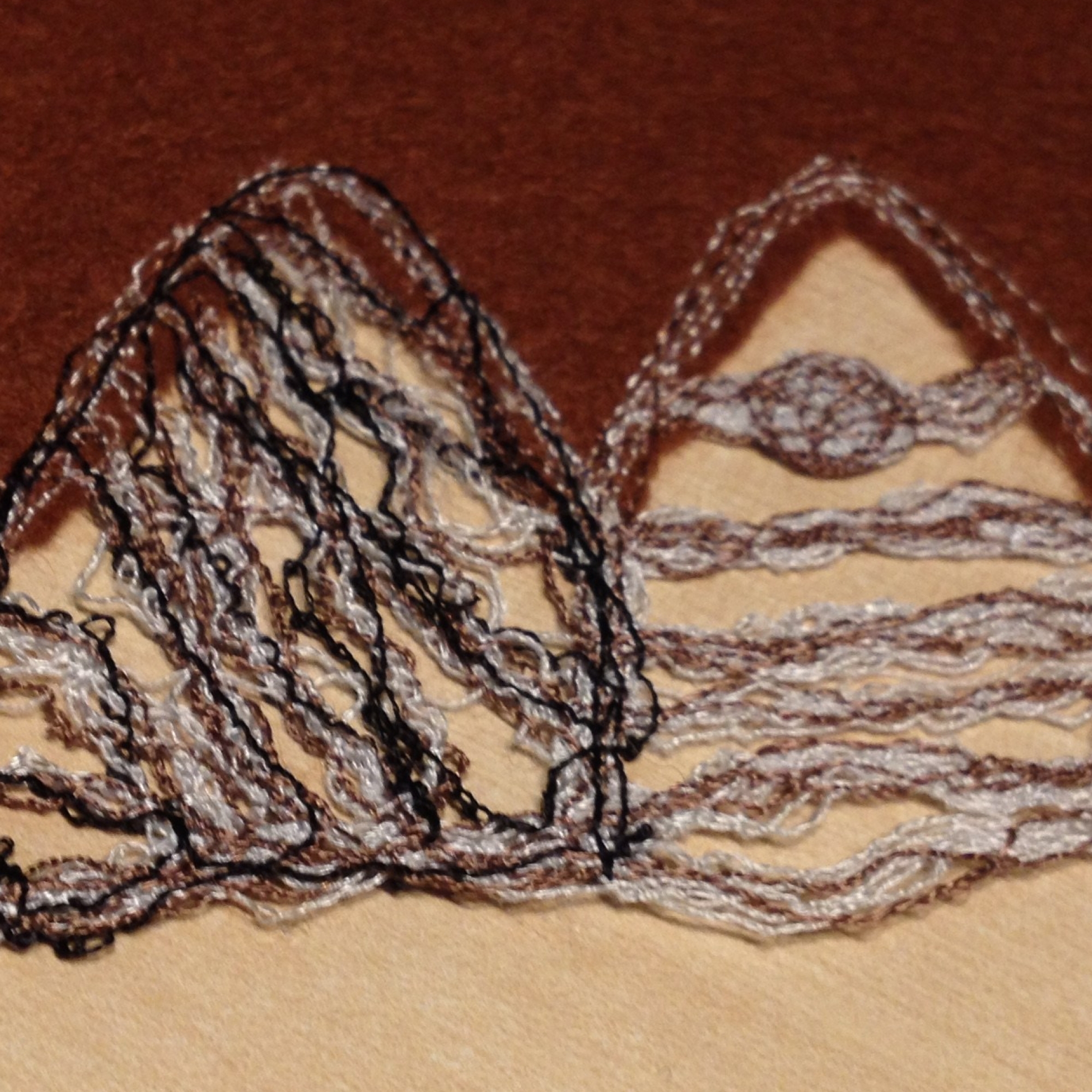










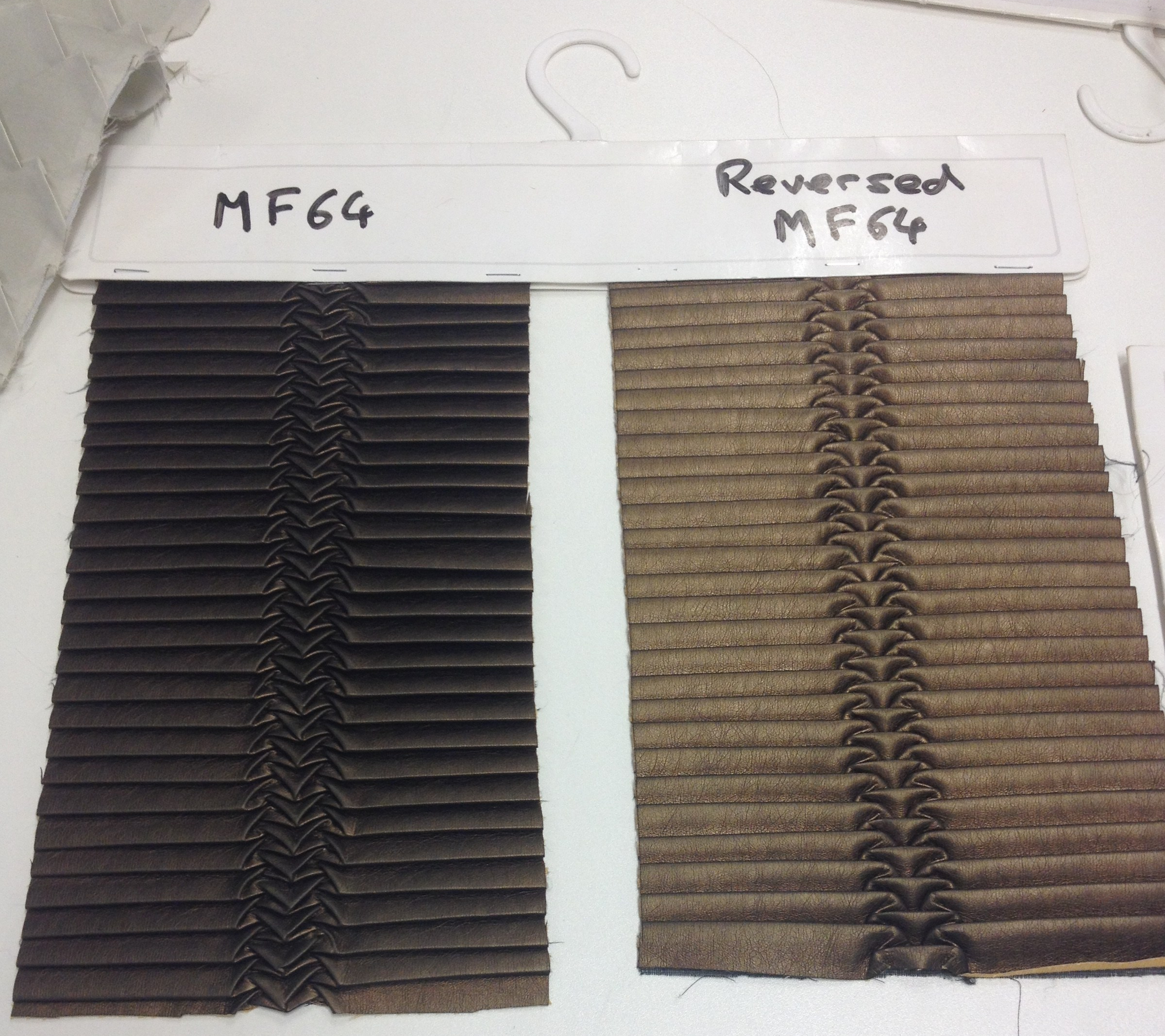

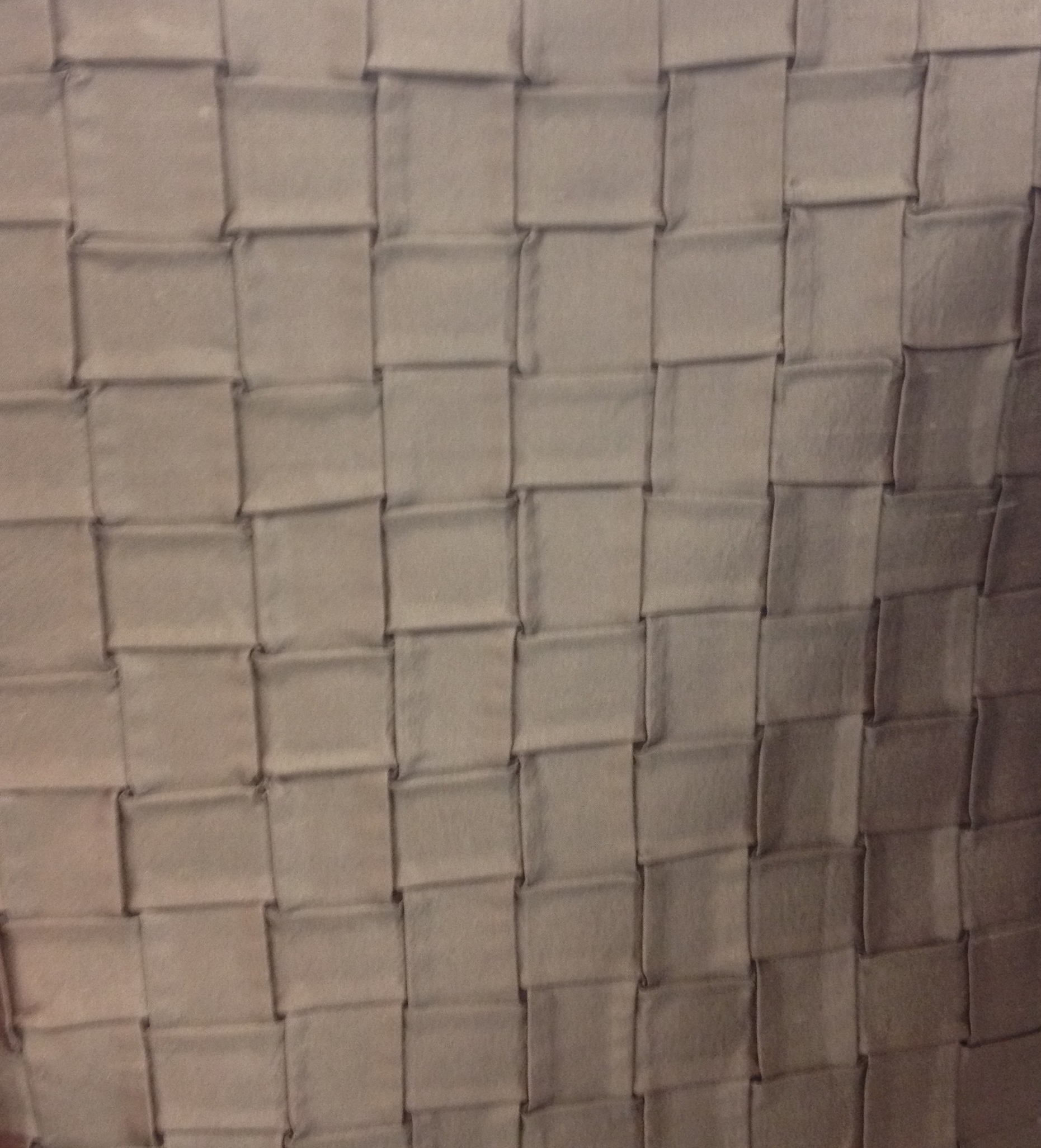
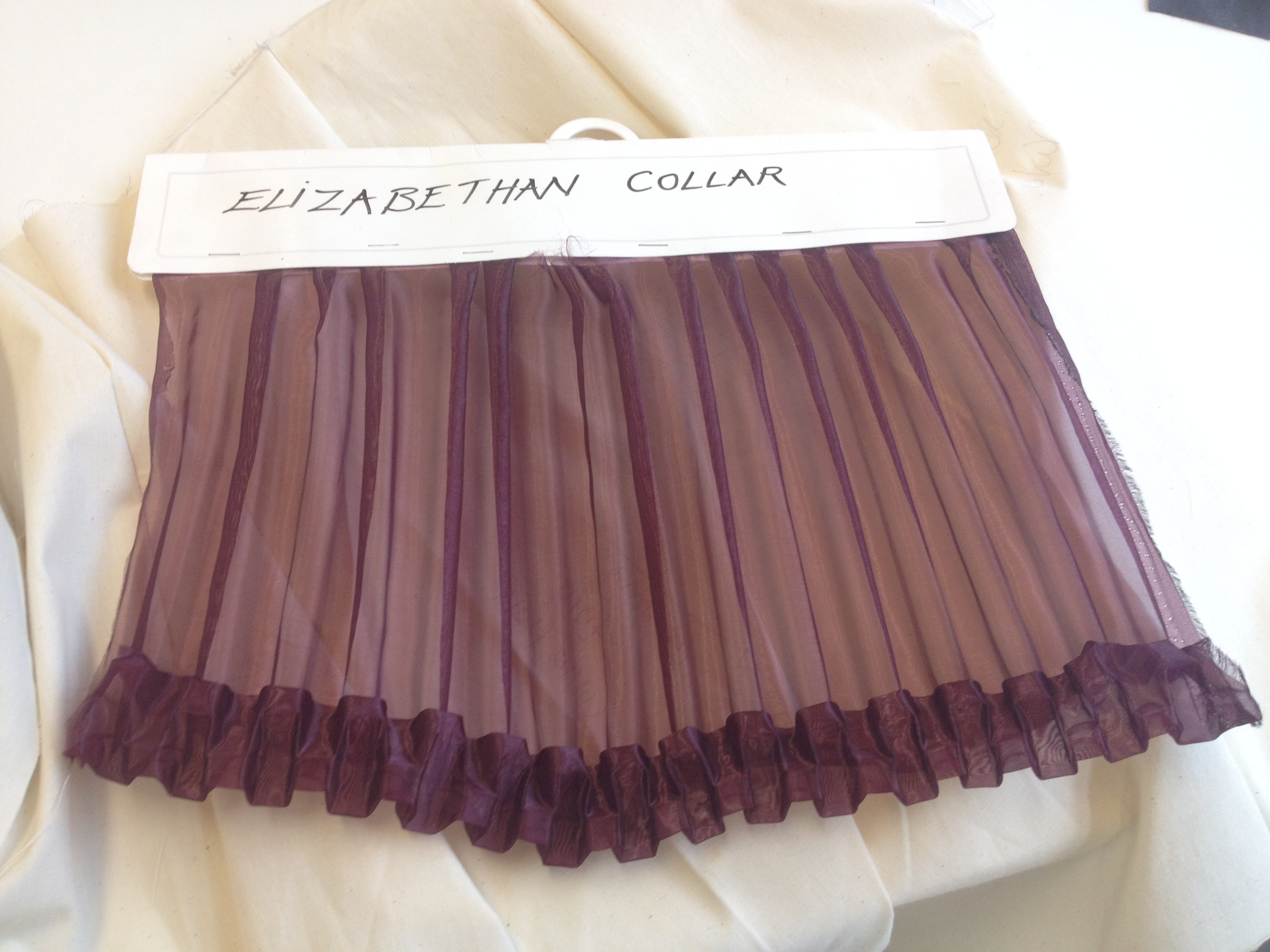

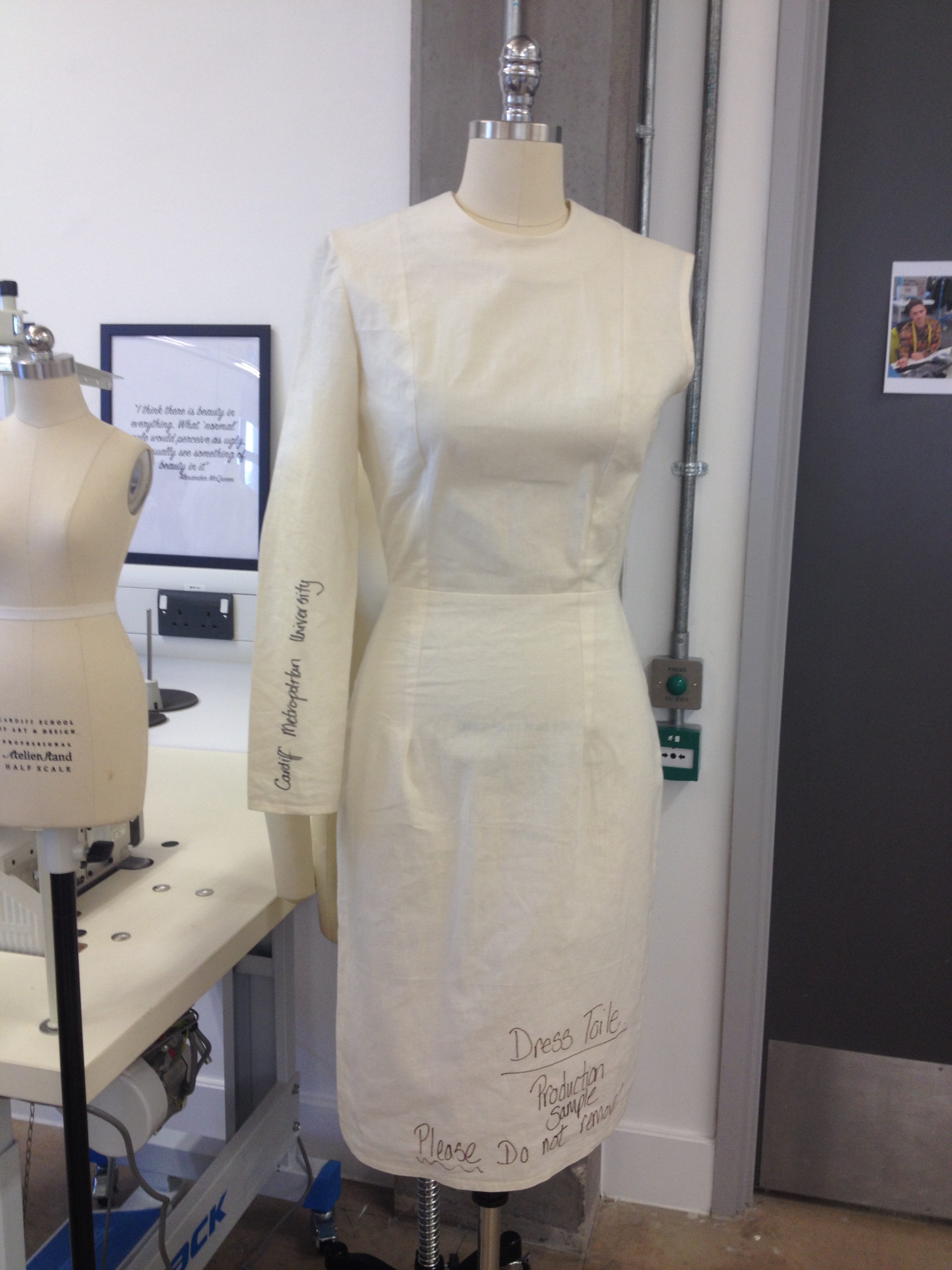

















You must be logged in to post a comment.